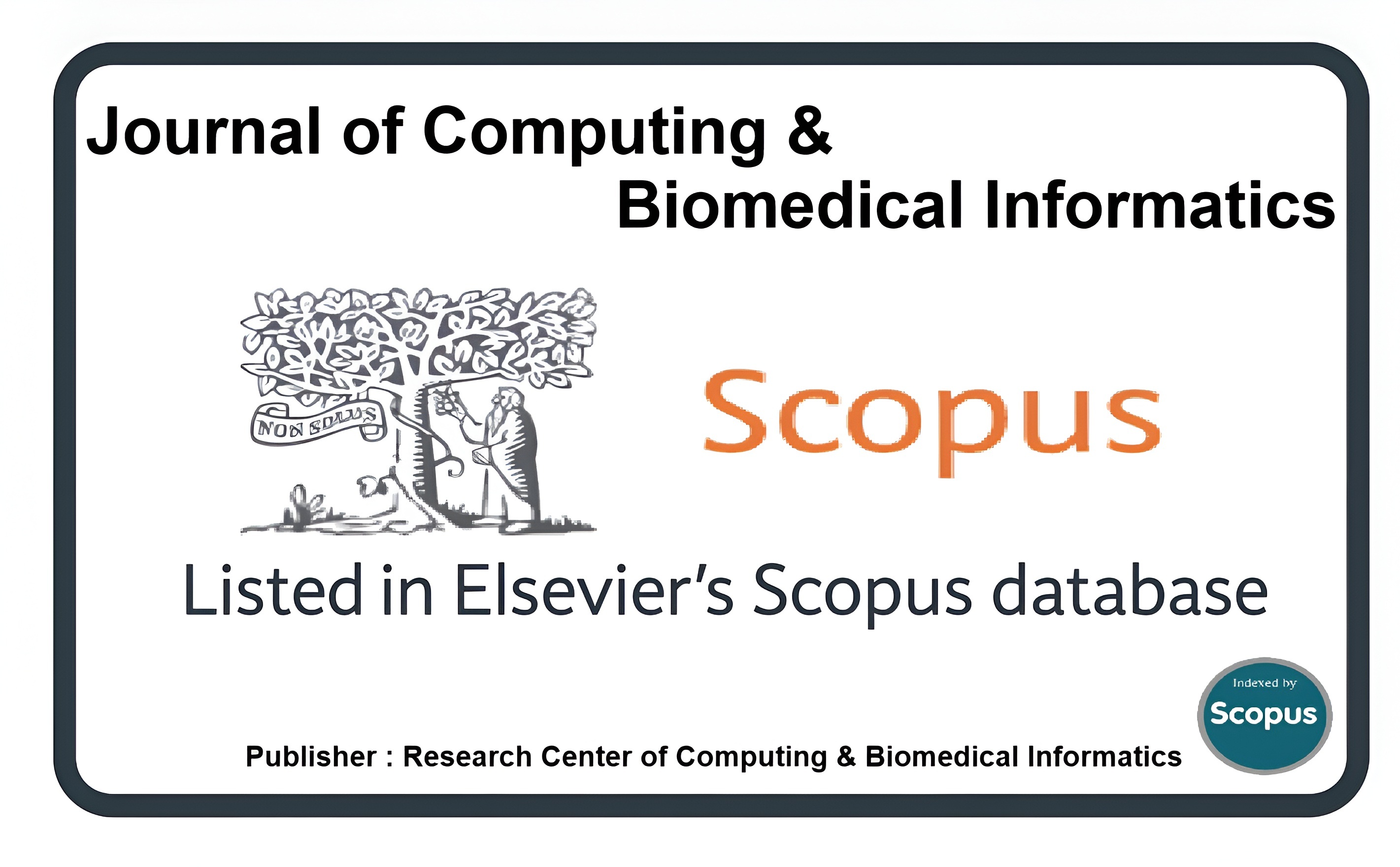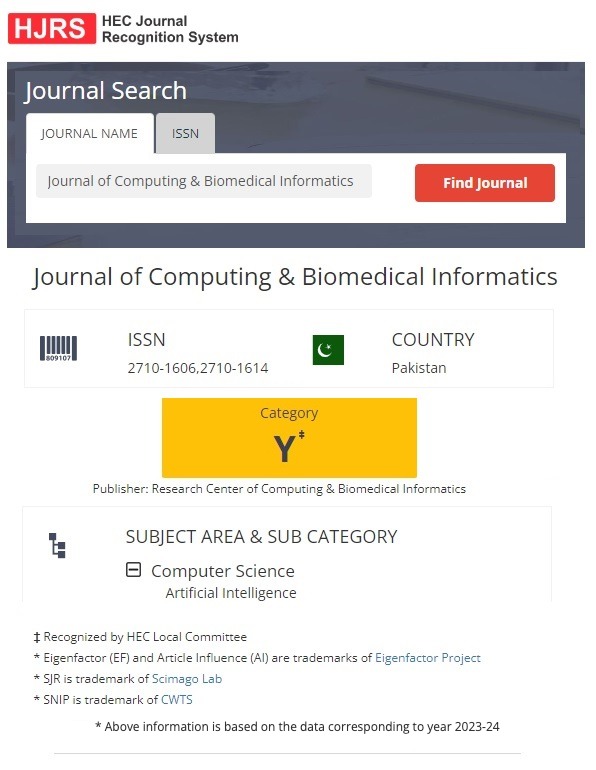Optimized Skin Cancer Detection through Dermoscopic Imaging Using EfficientNetB4 Architecture
Keywords:
Skin Cancer, Classification, EfficientNetB4, Optimization, Image-Based SystemAbstract
Background: Skin cancer classification is a challenging task due to the fine-grained diversity in the appearance of various diagnostic categories. Detecting skin cancer at an early stage is vital for enhancing patient outcomes, as the prognosis for this condition greatly improves when diagnosed early. Convolutional neural networks have been found to be more effective than dermatologists in classifying multiclass skin cancer. Problem: The identification of skin cancer is frequently impeded by the subjective analysis of dermoscopic images, resulting in misdiagnoses and delayed treatments. The objective of this study is to create a reliable and effective classification system using the efficientnetb4 model, which will aid in early detection and ultimately enhance patient outcomes. Objective: The main goal of this study is to create a highly efficient and accurate classification system for skin cancer using the efficientnetb4 model. The goal of this system is to improve the accuracy of diagnoses, minimize misdiagnoses, and enable early detection of skin lesions, leading to better patient outcomes and a more efficient diagnostic process in dermatology. Methods: The EfficientNetB4 model is trained on the HAM10000 dataset using transfer learning and fine-tuning techniques on rotated images, zoomed in and out, and even flipped over to make variations. Then, it adjusted the hyperparameters in the fine-tuning step to fine-tune its weights so that the model could fit the classification task for skin lesions more precisely. Results: The leading model, EfficientNetB4, achieved a Top-1 Accuracy of 89.22%, a Top-2 accuracy of 88.82%, and a top-3 accuracy of 88.62%. Precision, recall, and F1 scores are computed for each class. This model has demonstrated excellent performance in melanoma (MEL) and benign kurtosis-like lesions (BKL). Criteria considering high-class imbalance were used in the assessment of Efficient Net classifiers. Models with an intermediate level of complexity, such as EfficientNetB4, demonstrated the most optimal performance. Confusion matrices were also discovered to be useful in identifying skin cancer varieties with the greatest capacity for generalization. Conclusion: Overall, EfficientNetB4 demonstrated superior performance in classifying multi-class skin cancer. Further development would be oversampling or synthetic data generation for even more class-balancing techniques to improve performance over underrepresented classes. More medical data, including images and clinical data, will probably increase the overall diagnostic accuracy.
Downloads
Published
How to Cite
Issue
Section
License
This is an open Access Article published by Research Center of Computing & Biomedical Informatics (RCBI), Lahore, Pakistan under CCBY 4.0 International License





